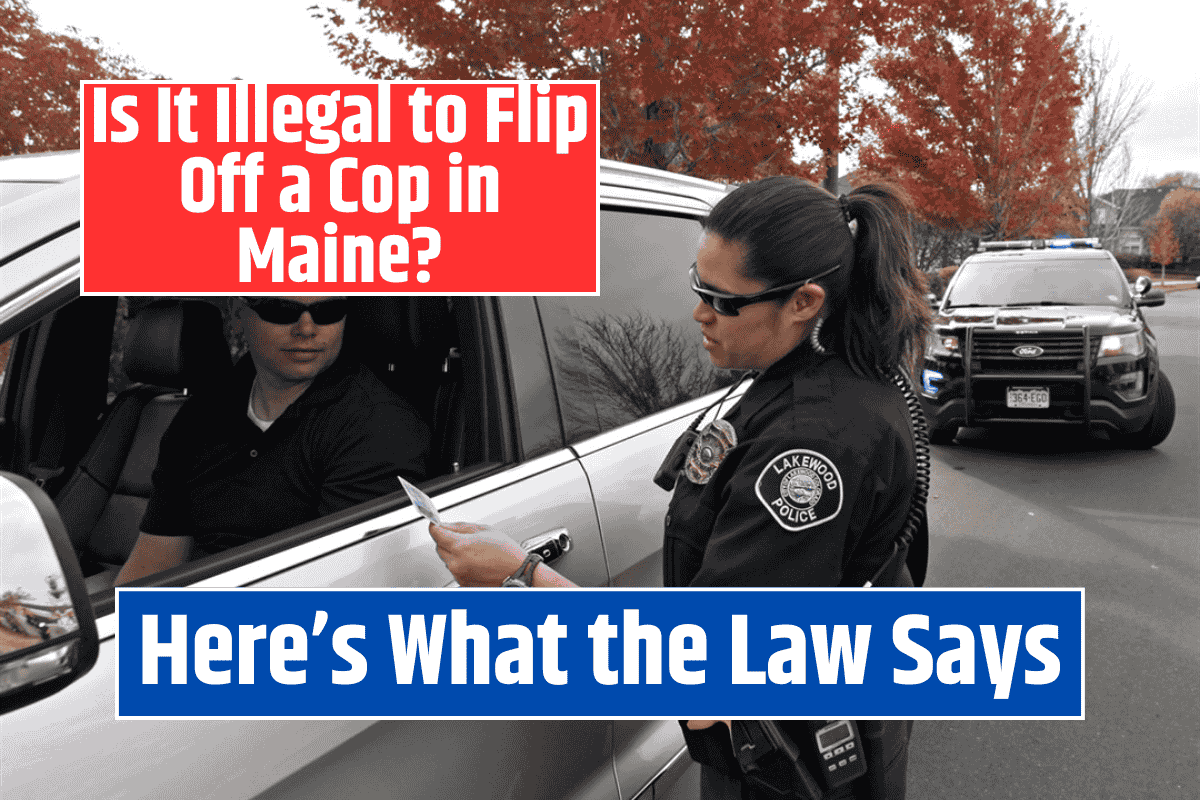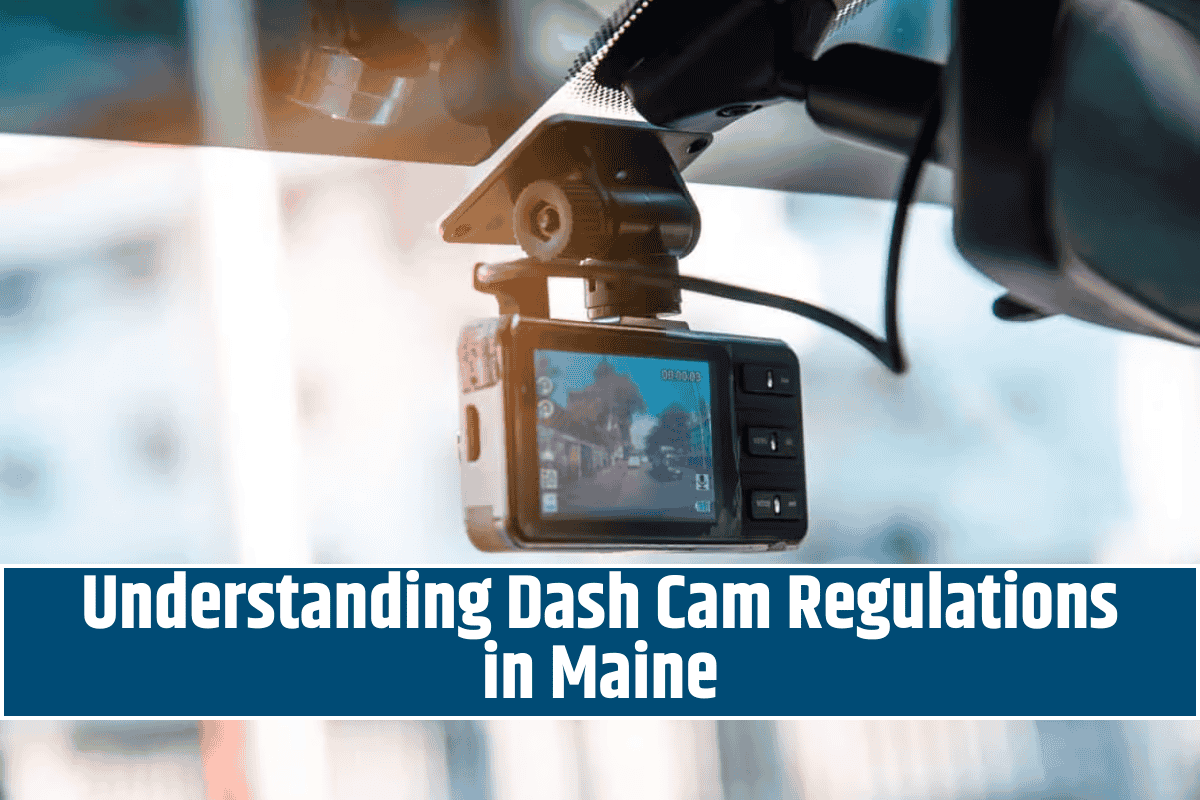Dash cams, or dashboard cameras, are a useful tool for drivers, providing evidence in case of accidents or disputes. In Vermont, while dash cams are legal, there are specific regulations that govern their installation to ensure they don’t obstruct the driver’s view or violate privacy laws.
Dash Cam Mounting Rules in Vermont
Vermont law allows for the use of dash cams as long as they are mounted correctly according to specific size and placement regulations. Here’s a breakdown of the rules:
Lower Right-Hand (Passenger) Corner:
This is the most common and recommended location for mounting a dash cam. The device should not exceed 4 inches in height and 12 inches in width. This placement ensures that the driver’s visibility remains unaffected, making it the preferred option for most vehicles[1][3][6][7][10].
Upper Left-Hand (Driver) Corner:
Mounting a dash cam in this corner is also allowed, but it must be a significantly smaller device, with a maximum size of 2 inches in height and 2.5 inches in width. This location is more restricted because it is closer to the driver’s line of sight, so the size is more limited to avoid potential obstruction[1][3][6][7][10].
Other Regions of the Windshield:
Mounting a dash cam anywhere else on the windshield is prohibited, as it could block the driver’s view. Vermont law specifically forbids any placements that risk obstructing the driver’s ability to see the road clearly[1][6][7].
Additional Considerations
Audio Recording:
Vermont follows all-party consent laws when it comes to audio recording. This means if your dash cam records sound inside the vehicle, you must obtain consent from everyone in the car before doing so. Failing to get consent could make the audio portion of the recording inadmissible in court or even result in legal trouble if used improperly[5].
Federal Property and Border Crossings:
If you’re driving on federal property or crossing U.S. borders, additional restrictions may apply regarding the use of recording devices. Special permissions might be required in these areas, and you should be aware that recording in such zones could have legal implications[3].
Dash cams are legal in Vermont as long as they are installed in the allowed corners and within size limits to avoid obstructing the driver’s view.
All-party consent is required for audio recording inside the vehicle, ensuring that everyone is aware they are being recorded.
Follow the rules to ensure your dash cam footage is legally admissible and that your driving remains safe and compliant with Vermont law.
[1] https://mywaynecountynow.com/understanding-dash-cam-regulations-in-vermont/
[2] https://www.ddpai.com/blog/dash-cam-laws/
[3] https://www.blackboxmycar.com/pages/are-dash-cams-legal-in-my-area-dash-cam-laws-in-every-us-state












